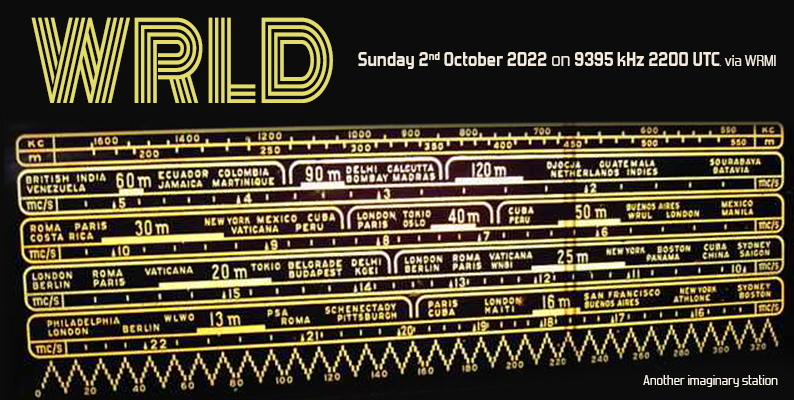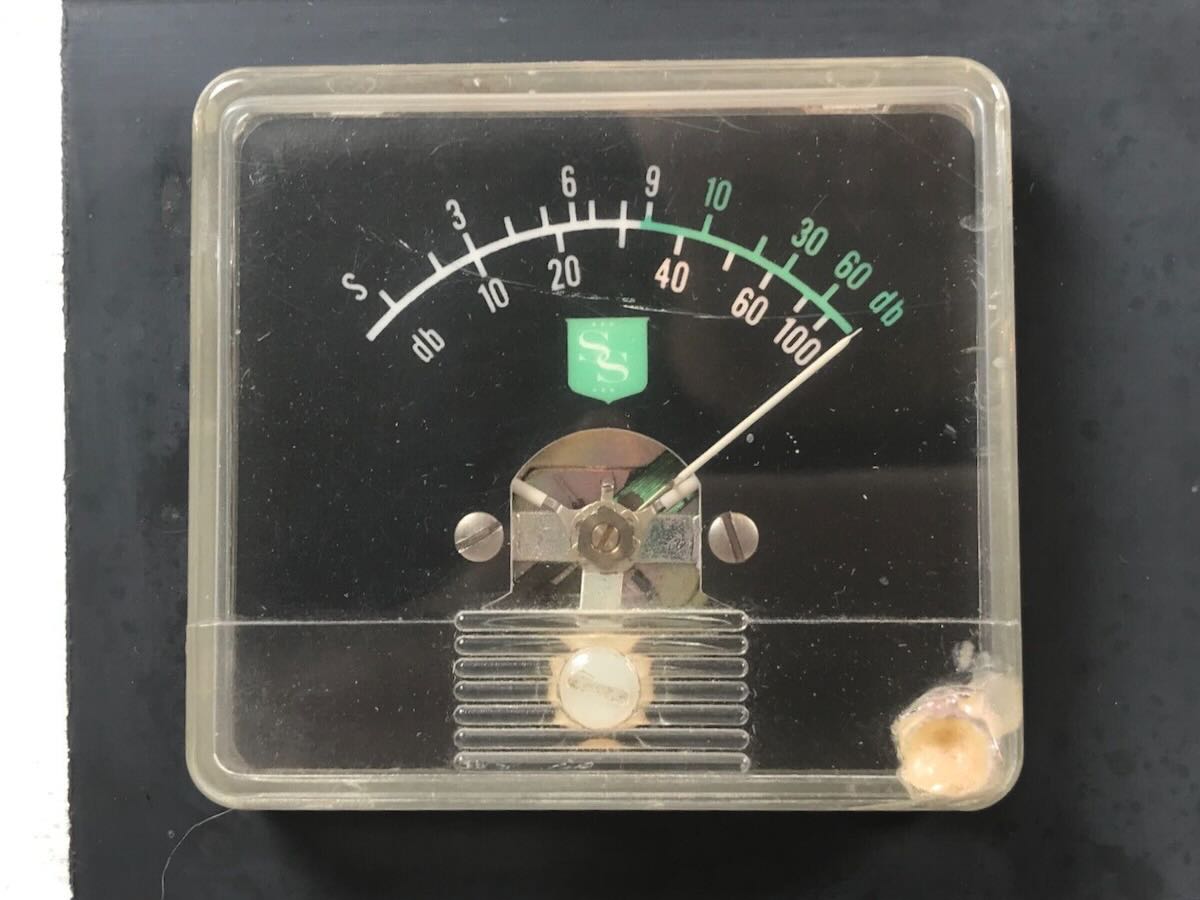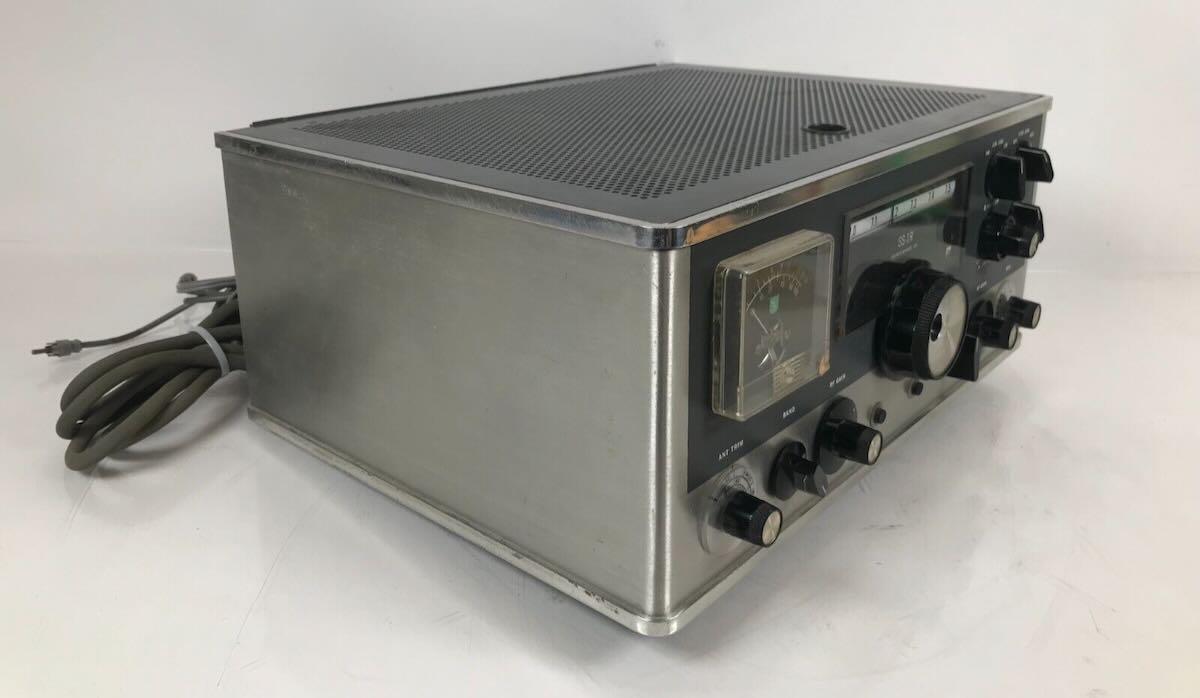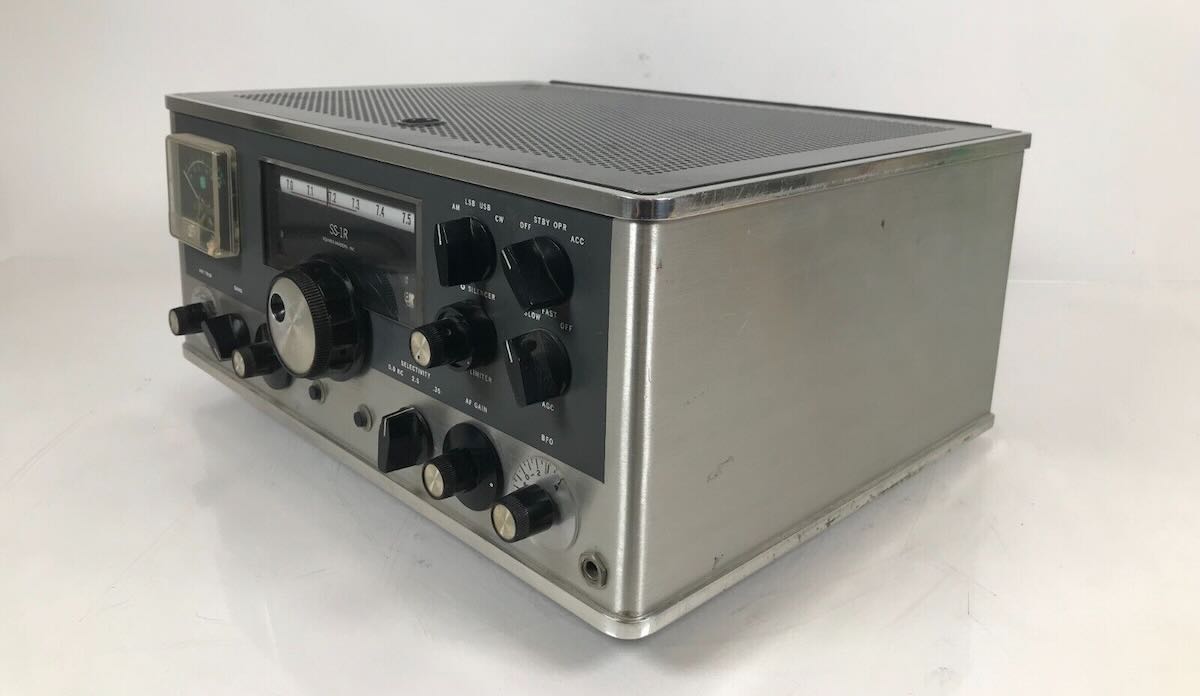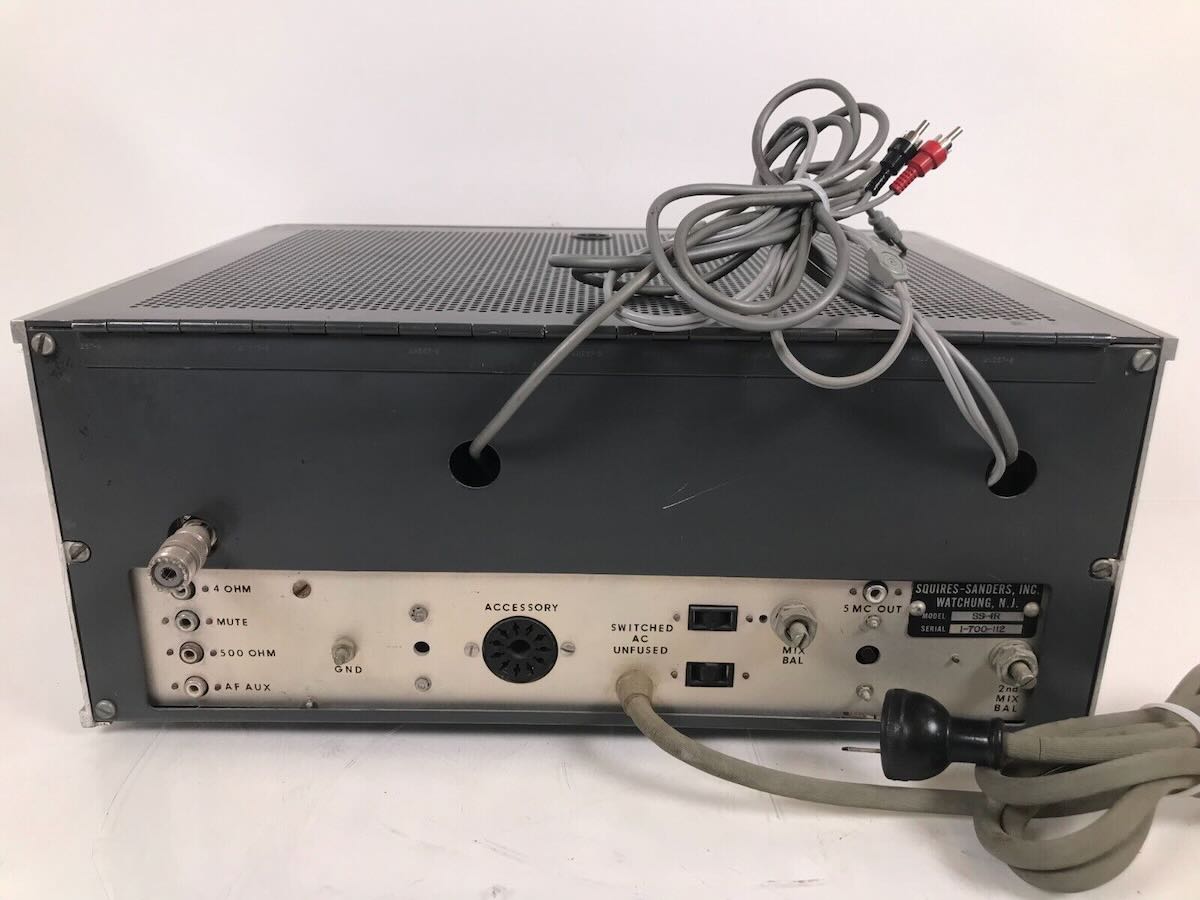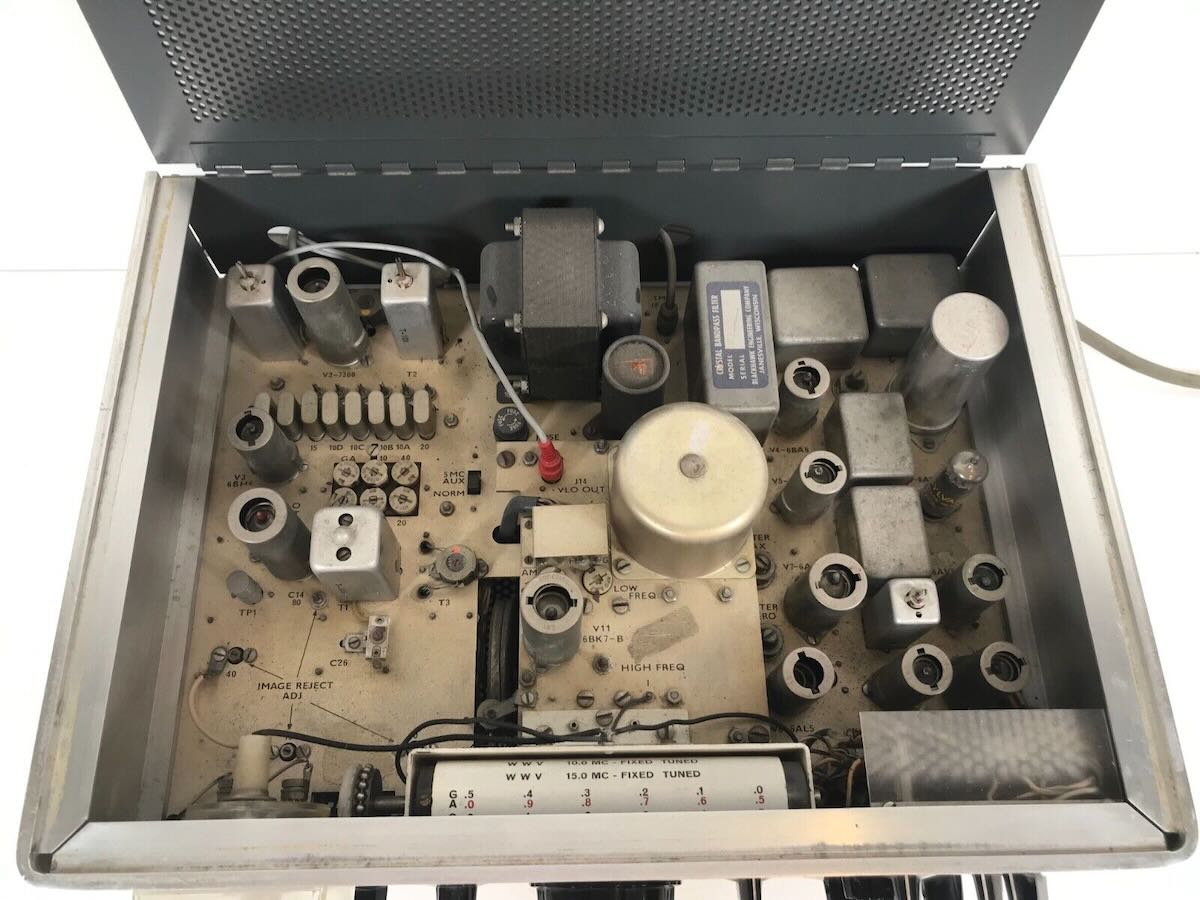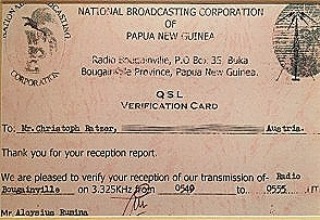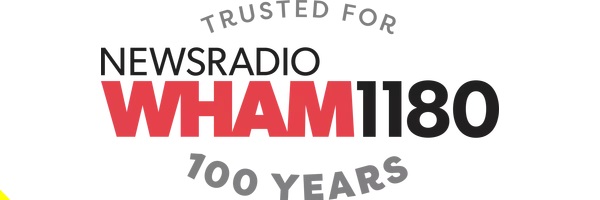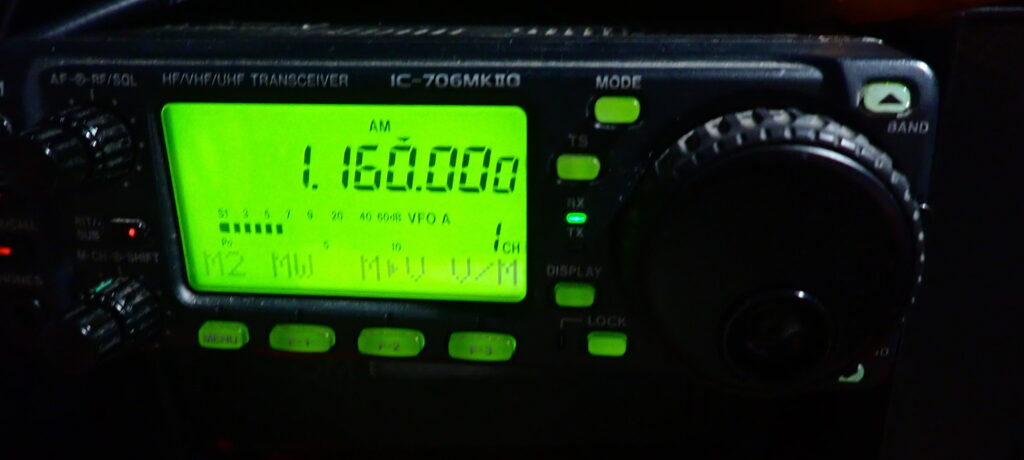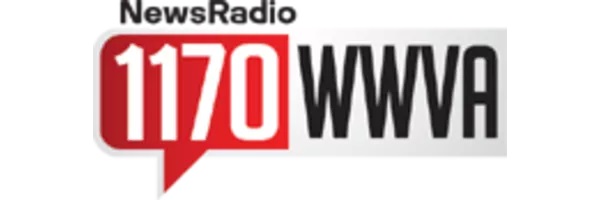Hi SWLing post people worldwide, this weekend WRLD takes to the air in the imaginary station series. The transmission will be on air on 9395 kHz from 2200 utc on Sunday 2nd October 2022 via the services of WRMI. Expect some wonderful tunes from all around this magical globe of ours. Fastradioburst23.
Monthly Archives: September 2022
Dan spots a rare Squires Sanders SS-1R on eBay
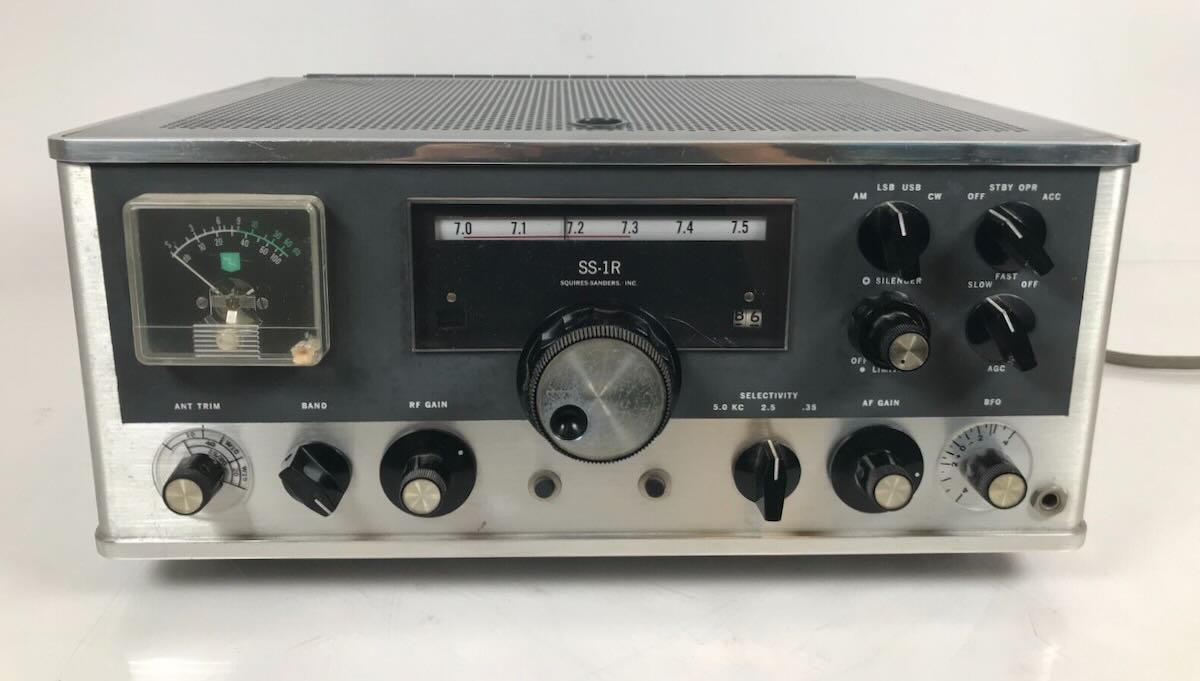 Many thanks to SWLing Post contributor (and rare radio aficionado), Dan Robinson, who shares a link to this eBay listing.
Many thanks to SWLing Post contributor (and rare radio aficionado), Dan Robinson, who shares a link to this eBay listing.
Dan notes:
“The SS-1R is almost as rare as the SS-IBS which was the SWBC version of the receiver.”
Thanks for sharing this, Dan. Seems the seller is also accepting offers (asking price is $999.99 US). Any serious buyers should read the seller notes. The unit looks incredibly clean cosmetically, but would likely need a good electrical going-over and possible alignment.
Even if, like me, it’s not in your budget to purchase a rare radio, I think we can all appreciate the photos:
Thanks again for sharing, Dan!
The Guardian: “Hundreds of jobs to go as BBC announces World Service cutbacks”
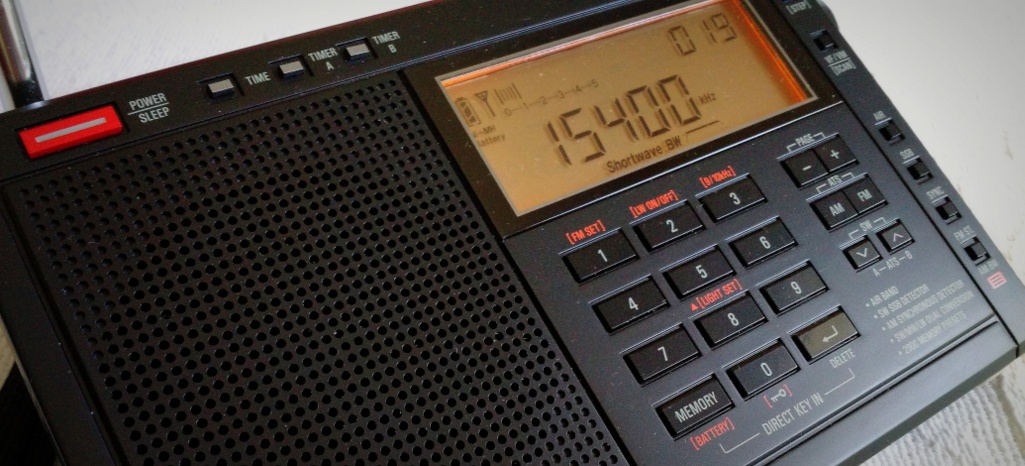 (Source: The Guardian via Mark Hirst)
(Source: The Guardian via Mark Hirst)
Hundreds of jobs to go as BBC announces World Service cutbacks
Corporation to end production of radio output in 10 languages, including Chinese, Hindi and Arabic, as it blames licence fee freeze
The BBC has announced deep cuts to its World Service output that will result in the loss of hundreds of jobs, saying it has been forced to act by the government’s ongoing licence fee freeze.
In a move that could weaken the UK’s soft power around the world, the corporation will stop producing radio output in 10 languages, including Chinese, Hindi, and Arabic.
BBC Persian will end its audio broadcasts aimed at Iran, with the announcement coming at a time when widespread protests are taking place in the country.
There will also be a change in focus of the World Service’s English-language radio output, with more time dedicated to live news and sports programming at the expense of standalone programmes.
About 382 jobs will be lost as a result of the proposals, which the BBC said was required to make £28.5m of annual savings. The broadcaster blamed years of below-inflation licence fee freezes imposed by the government, in addition to the rapidly increasing cost of producing programmes because of the state of the economy.
Philippa Childs of the broadcasting union Bectu said she recognised the BBC needed to adapt to the digital era but that the government’s licence fee freeze has “potential ramifications for the BBC’s reputation globally”.
The World Service was traditionally funded directly by the government and was seen as a soft power tool that provided British news and information to hundreds of millions of people around the globe. This money largely dried up as part of George Osborne’s austerity measures in 2010, when the bill for World Service operations was loaded on to domestic licence fee payers.
Since then the BBC has had to go cap-in-hand to the government to seek extra funding to support specific World Service projects, with ministers providing around £400m in additional cash since 2016. However, there are doubts about how long these deals will continue. Earlier this year the BBC had to ask ministers for an emergency £4m to keep its operations in Ukraine and Russia on air. [Continue reading at The Guardian…]
Keith discovers a Radio Bougainville recording on the Shortwave Archive: “A 50-year old tape takes me back”
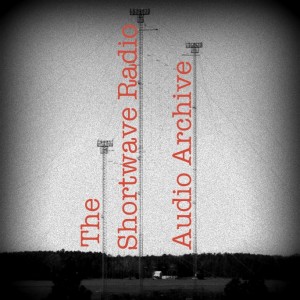 We’ve published thousands of off-air recordings on Shortwave Radio Audio Archive over the past decade. They’re freely available for everyone to search and download.
We’ve published thousands of off-air recordings on Shortwave Radio Audio Archive over the past decade. They’re freely available for everyone to search and download.
For those of us who work on the archive, it’s a pure labor of love. We are not compensated for the time and effort we put into running and curating it, although we use Patreon and Coffee Fund contributions to help pay for the site and online archives.
Quite frequently, our recordings are discovered and are intensely meaningful to individuals. Listening to radio recordings has an amazing ability to summon up memories and moments in time.
We recently discovered the following article on the blog PNG Attitude written by Keith Jackon. Keith has kindly given us permission to post it in its entirety here on the SWLing Post. Thank you, Keith, and we’re pleased this recording was so relevant to you:
A 50-year old tape takes me back
KEITH JACKSON
NOOSA – It had dropped into my Twitter feed via @Laselki, the account of the Lebanon-based Arab Amateur Radio Network, and @Stret_Pasin, a valued supporter and one of my 8,700 Twitter followers.
It had originated in Ontario, Canada, from the historic village of Ancaster close by the US border and Niagara Falls.
It was a fleeting recording of a shortwave broadcast.
A broadcast from Radio Bougainville transmitted 51 years ago on 21 October 1971, which had travelled 13,300 km to Ancaster and been recorded.
Then saved on a cassette tape until, for some reason, recently retrieved and shared.
“Sound is a bit crackly,” wrote @Stret_Pasin, “but this will bring back memories of Radio Bougainville.”
Truer words never were tweeted.
When you link to the brief recording here (scroll down to the black audio bar), you will pick up in rapid succession the sound of chanting to the famous Bougainville kaur flute, then an announcer’s voice and finally a snatch of Bougainville string band music.
Click here to listen on the Shortwave Radio Audio Archive.
I thought I recognised this sequence as the pre-recorded station identification put to air each time the station’s transmitters were fired up at Toniva, just south of Kieta, from a switch in the main studio down a ladder beside my house.
But the more I listen to it, the less convinced I am of its provenance.
All I can say for sure is that anything the captured snatch of radio was broadcast at about 12 noon on Bougainville on 22 October 1971.
This was at a time when Radio Bougainville usually broadcast for 11 hours a day in three separate sessions: 6 am – 9 am, 12 noon – 2 pm and 4 pm – 10pm.
In a small town in Canada it was late morning the day before, and a young Dan Greenall was tuning his Hallicrafters shortwave radio seeking out distant stations he would register as finding in the ether.
Even in our modern digital age, there are shortwave junkies who ferret out remote radio stations and seek QSL cards: written proof of reception. (One issued by Radio Bougainville in 2016 is pictured here.)
’I heard this at such time on your station; tell me it is true.” And we’d check the log and return a QSL postcard. Yes, you had indeed heard our station.
Collecting these cards became popular with radio listeners 100 years ago and continues to this day
Dan had been doing just that 51 years ago when he happened upon a distant signal struggling through heavy interference to be captured by his outdoor copper wire aerial and delivered to the sturdy Hallicrafters S-52 receiver.
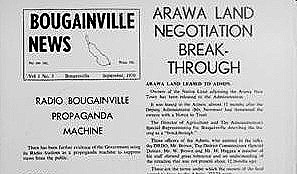
Keith’s appointment to manage Radio Bougainville was greeted by this headline in the Bougainville News
Dan has written for the Shortwave Radio Audio Archive:
“The morning of 21 October 1971 provided some of the best reception of Papua New Guinea stations in the 90 metre band that I ever experienced.
“These stations were rare visitors to my headphones but I was able to make a couple of short recordings of two PNG stations that morning, and they have survived to this day on that same audio cassette (now 51 years old).
“This one of Radio Bougainville begins with a local chant followed by announcement on the hour. The station ran 2.5 kw and their signal made it over 13,300 km to my receiver that day.
“Audio quality is passable considering the recording was made using an open mic to the speaker of the Hallicrafters S-52.”
Technical data:
Broadcaster: Radio Bougainville
Date of recording: 21/10/1971
Starting time: 1100
Frequency: 3.322.5 MHz
Receiver location: Ancaster, Ontario, Canada
Receiver and antenna: Hallicrafters S-52 using a longwire antenna
When I linked to the thin signal that had managed to land so far away so long ago, I was momentarily overcome with emotion.
I had known those sounds so well from too many early mornings wondering whether the breakfast announcer would arrive in time to open the station.
A recording something like that told me he’d arrived, fired up the transmitter and was ready to begin proceedings.
Through the static of 51 years – two-thirds of my life – came a once-familiar sequence of bamboo flute / announcer / stringband, transporting me back to a time when I was young and in my first management job which, bad bits and all, I was enjoying as if born to it.
They were tough years for the people of Bougainville, especially in the villages around Kieta and its hinterland.
Bougainville Copper had started to dig the ore that produced great quantities of copper, gold and silver on alienated land amidst an alienated people.
Despite the volatile social and political climate, I had enjoyed the challenge of Bougainville.
I felt I’d been made for it and that it was making me.
And I enjoyed working with talented station staff, most from Bougainville, like Tom Kathoa, Sam Bena, Perpetua Tanuku, Justin Kili, Aloysius Sahoto, Aloysius Nase and Aloysius Rumina – most now gone from our midst. That’s what 51 years does.
And that simple recording – made so long ago and so far away – brought it all rushing back.
You can read more about my Bougainville years here in Brink of Secession.
So thanks to Dan Greenall, the Arab Amateur Radio Network and @Stret_Pasin for giving me a free ticket to fly back more than half a century. I really enjoyed the trip.
Read this full article and check out Keith’s website PNG Attitude here.
Also, a very special thanks to Dan Greenall and all of our contributors on the Shortwave Radio Audio Archive.
File this under: you never know and . . . what’s the harm in experimenting?
by Jock Elliott, KB2GOM
Ever since Thomas (our Maximum Leader) posted the latest DX Central MW Challenge, I’ve been curious . . . what could I hear if I gave it a shot?
Habitually, I get up early, between 4 and 5 am, so I decided to give it a try. Conventional wisdom is that, if you want to do AM (medium wave) DXing, you need a hot AM radio with a big ferrite bar, like the CCrane 2E . . .
Wanna guess what radio and antenna combo acquitted itself pretty well?
My old ham rig, an Icom IC-706 MkIIG, (which I wrote up here), hooked to my 50-foot wire indoor antenna, the horizontal room loop (which I wrote up here).
This AM’s listening, from my home outside Troy, NY, produced:
1170, WWVA — Wheeling, West Virginia
1180, WHAM — Rochester, NY
1200, Talk 1200 — Boston
1210, WPHT — Philadelphia
Now, before you hard-core AM DXers get all up in my face — Hey, I could hear those stations on the fillings in my teeth! — I’ll simply say that I get a kick out of hearing a distant station . . . any distant station . . . even it’s just a few hundred miles away. Sure, it’s not the astonishing stuff that Paul Walker and Gary DeBock accomplish, but to hear that faraway signal, crackling through the airwaves does me good.
Bottom line: you don’t need the latest and greatest optimized-for-the-task gear to give something a try . . . and you just might really enjoy it!
2022-23 Season of the MW Frequency Challenge is underway with Week 1: 1160-1224 kHz
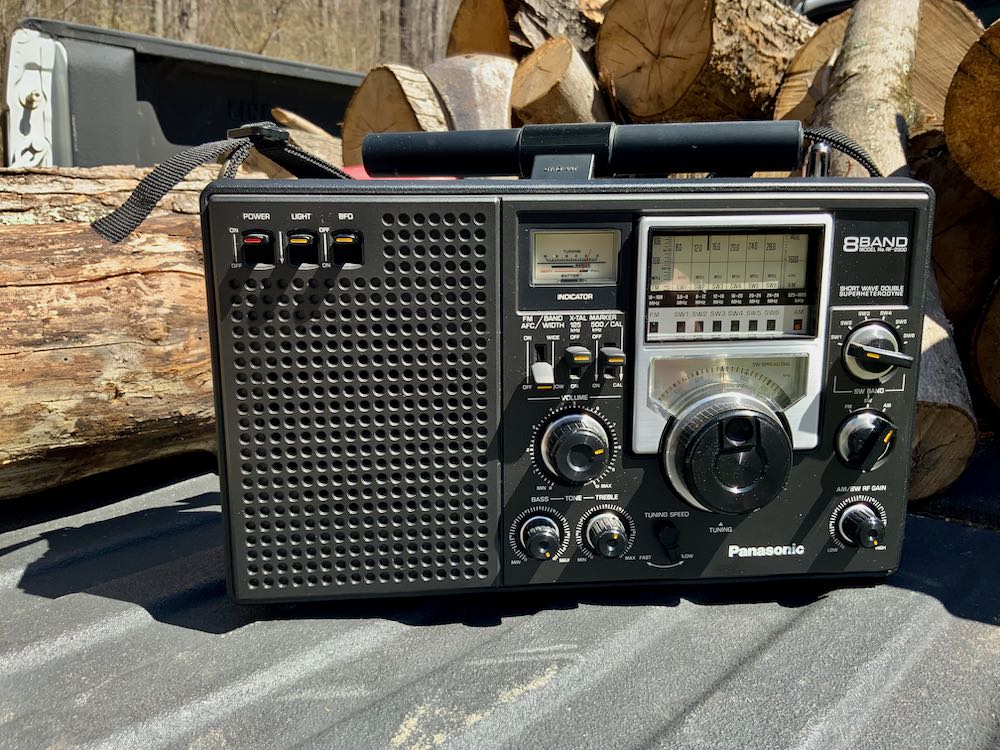 Many thanks to SWLing Post contributor Loyd Van Horn at DX Central who shares the following announcement:
Many thanks to SWLing Post contributor Loyd Van Horn at DX Central who shares the following announcement:
We are kicking off the 2022-23 DX season with the return of the MW Frequency Challenge! The MW Frequency Challenge officially started during the season premiere of our DX Central Live! livestream on YouTube on Friday, September 2022.
Our frequency range for this week’s challenge is 1160-1224 kHz!
A reminder of the rules for this season:
-
- Submitted loggings must be for receptions made between 0000 UTC Saturday, September 24, 2022 and 0200 UTC Saturday, October 1, 2022. Any station that transmits between 1160-1224 kHz will be accepted for the challenge.
- Submissions/loggings must be made with your own equipment, NO ONLINE SDRs (unless you own the online SDR). If you are logging receptions away from your home location, be sure to note that location on the submision form.
- Submissions must be entered on the Google Form using the link below. Logs posted through social media, DX club log submissions, email, etc. will not be accepted.
- Receptions can be for any station received within the frequency range. It does not need to be “new to you”, relogs are welcome as long as it occurred during the challenge period.
This week’s Google Form link is: https://forms.gle/EtKhNYc1qZhVmexh8
Good luck and best of DX!
73,
Loyd
Return of the skybird
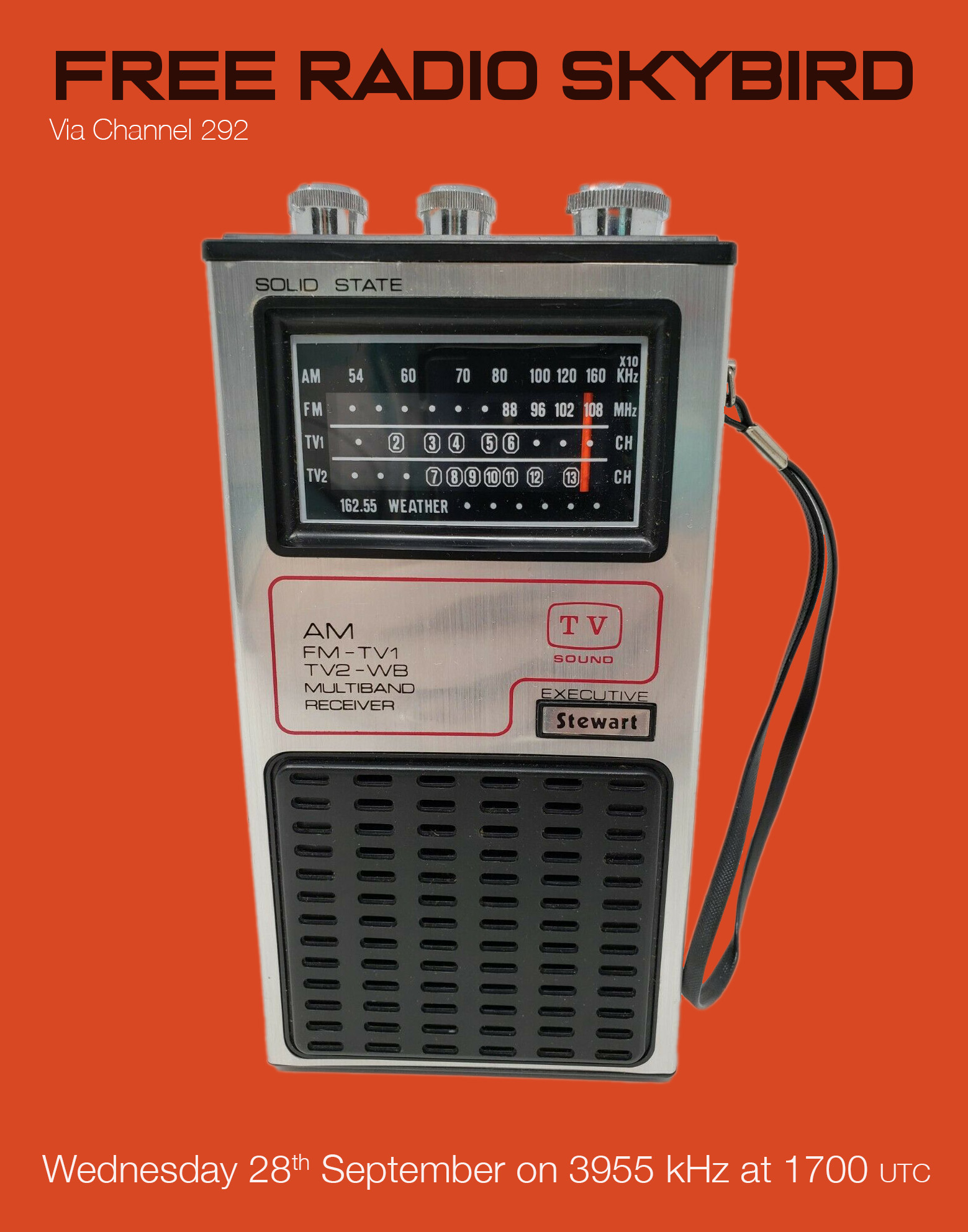 Hi SWLing post community. On Wednesday 28th September there’s the return of Radio Free Skybird via Channel 292. The broadcast will beamed to Europe at 1700 UTC on 3955 kHz and features a freeform blend of music & culture from the 1960s to the present day for all to enjoy! Fastradioburst23
Hi SWLing post community. On Wednesday 28th September there’s the return of Radio Free Skybird via Channel 292. The broadcast will beamed to Europe at 1700 UTC on 3955 kHz and features a freeform blend of music & culture from the 1960s to the present day for all to enjoy! Fastradioburst23

